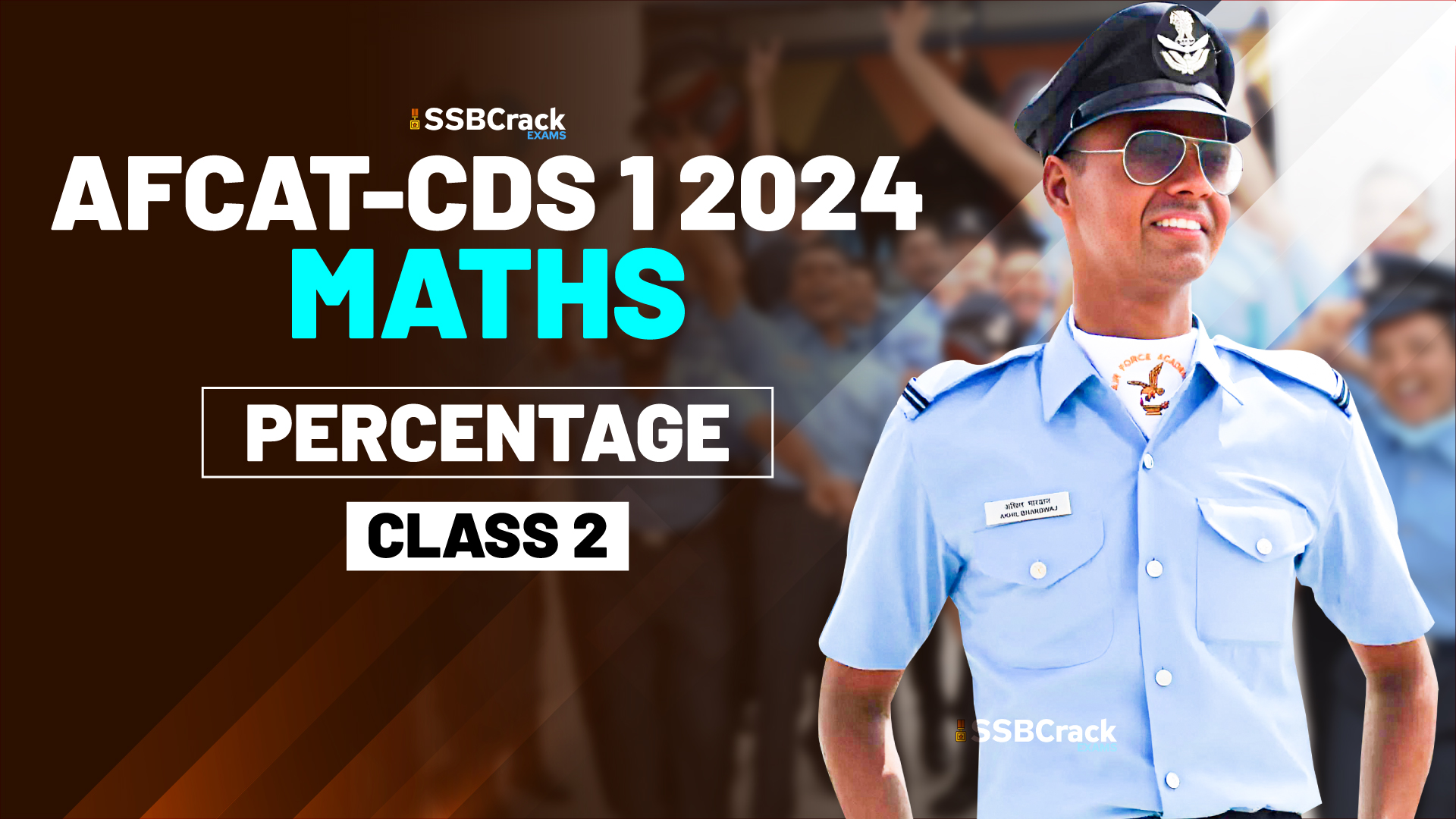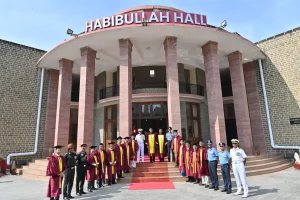The journey to success in competitive exams like the CDS (Combined Defence Services) and AFCAT (Air Force Common Admission Test) is not solely about mastering the theory. It’s equally, if not more, important to hone your problem-solving skills. One topic that’s particularly essential for these exams is “Percentage.” This class will emphasize the significance of practicing a variety of percentage-based questions and provide insights into how such practice can sharpen your skills for these critical exams.
Why is Variety in Practice Crucial?
- Diverse Applications: Percentage is a versatile concept, and it finds application in numerous scenarios. You might encounter questions related to discounts, profit and loss, ratios, population distribution, and more. By practicing a variety of questions, you prepare yourself for the diverse ways percentage can be tested in the exams.
- Adaptability: Exam questions can vary in complexity. Some might require a straightforward application of the percentage formula, while others demand a deeper understanding of concepts like successive changes and percentage increase/decrease. By practicing a variety of questions, you become more adaptable in tackling different types of problems.
- Speed and Accuracy: Competitive exams like CDS and AFCAT have time constraints. Regular practice with various percentage problems improves your ability to quickly analyze the question and choose the most efficient approach. This, in turn, enhances both your speed and accuracy.
Types of Percentage Problems to Practice
- Basic Percentage Problems: Begin with the fundamentals. Practice questions that involve finding percentages of quantities, calculating percentage change, and determining the original value when a percentage increase or decrease is given.
- Discount and Profit-Loss Problems: These are common in both exams. Practice calculating discounts, selling prices, and profit/loss percentages.
- Population Distribution Problems: For scenarios involving the distribution of populations or resources, practice calculating the percentage of a group in a given context.
- Successive Change Problems: Delve into problems where a quantity undergoes multiple percentage changes. Practice calculating the final value, original value, or intermediate values in such scenarios.
- Ratio and Percentage Problems: These questions involve finding the ratio of two quantities when their percentages are given. Practice converting percentages to ratios and vice versa.
Benefits of Regular Practice
- Improved Problem-Solving Skills: Regular practice hones your problem-solving abilities, making you more adept at tackling percentage-based questions efficiently.
- Confidence Boost: As you become familiar with different question types, your confidence in approaching percentage problems grows. This confidence is invaluable during the actual exam.
- Time Management: Practice helps you develop time-management strategies. You’ll learn when to attempt certain types of questions and when to skip them to maximize your score.
- Reduced Exam Anxiety: The more you practice, the more comfortable you become with the exam format and types of questions. This reduces anxiety and stress on the day of the exam.
Conclusion
In the journey to success in the CDS and AFCAT exams, mastering percentage problems is a key milestone. Remember that practice is your best ally. By engaging in a variety of percentage problems, you not only deepen your understanding of the topic but also prepare yourself to face any challenge the exams throw your way. So, keep practicing, diversify your approach, and you’ll be well-prepared to conquer percentage-based questions with ease when the big day arrives. Good luck!


















